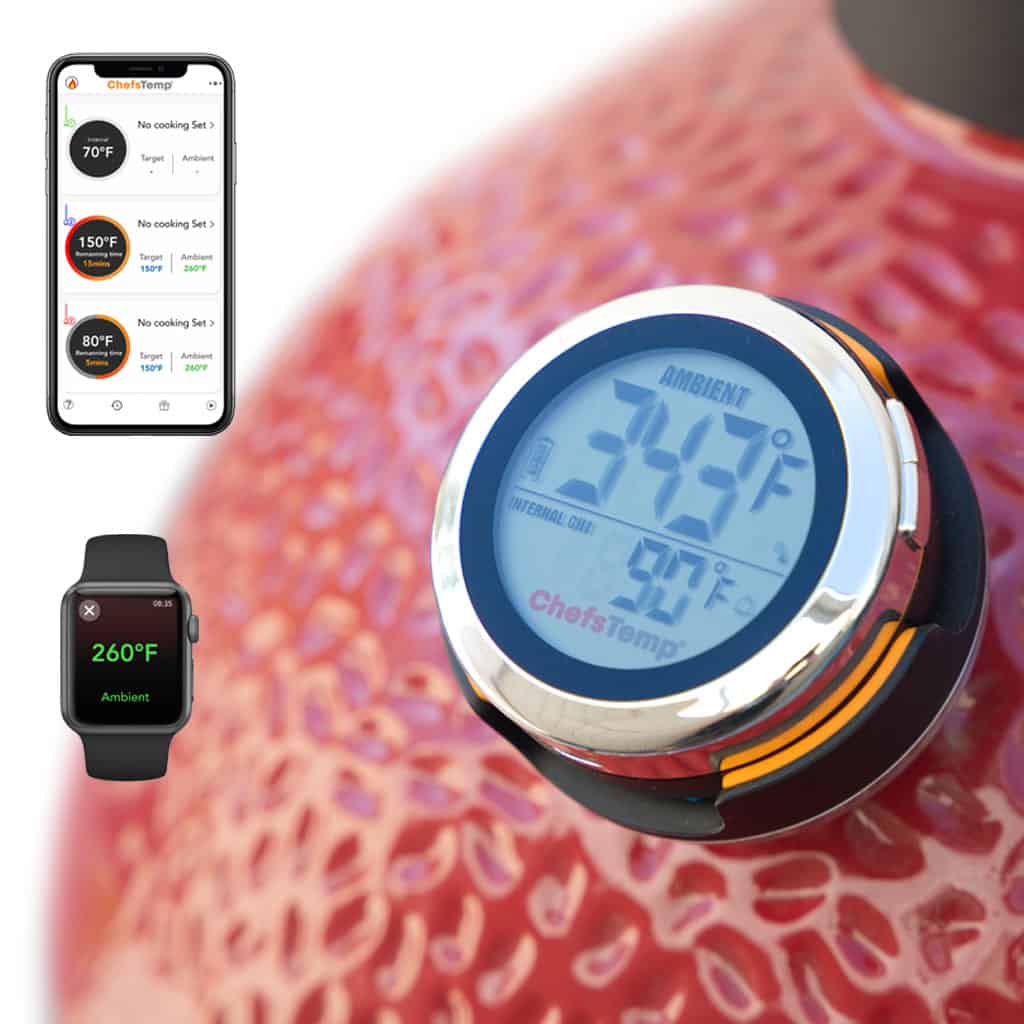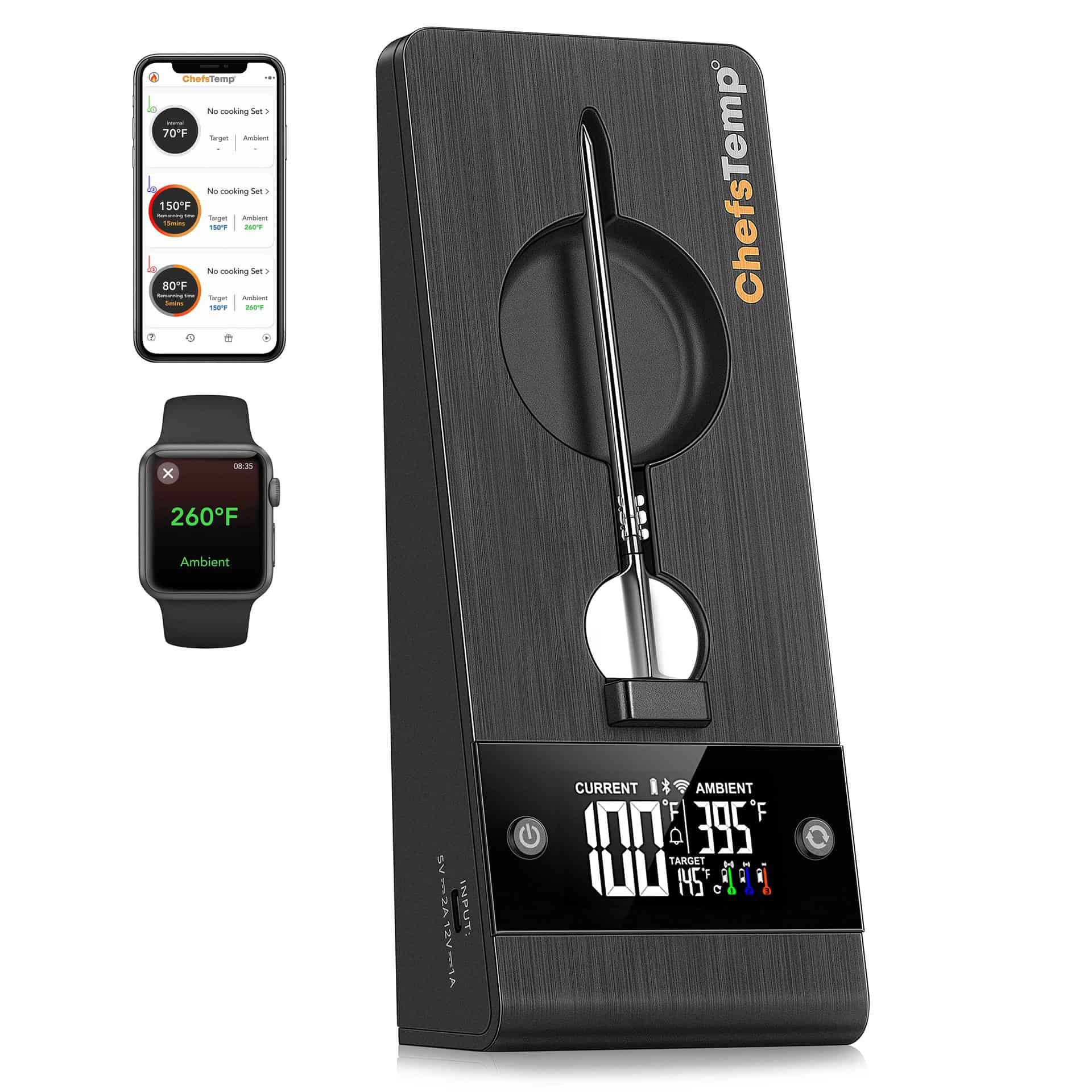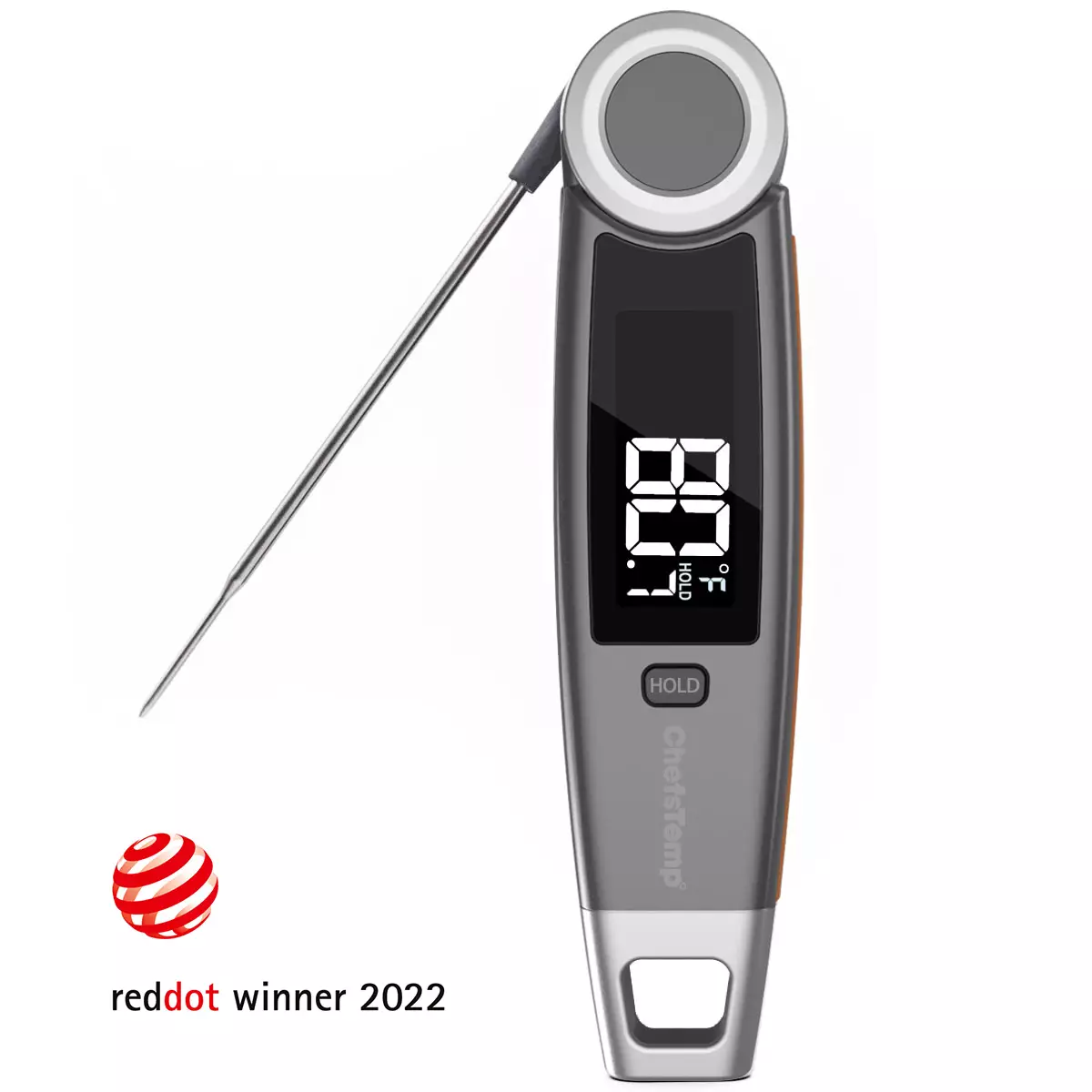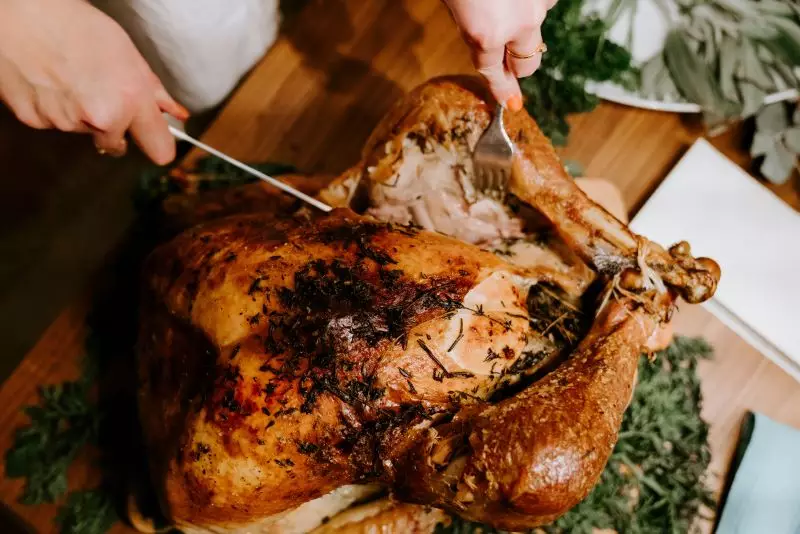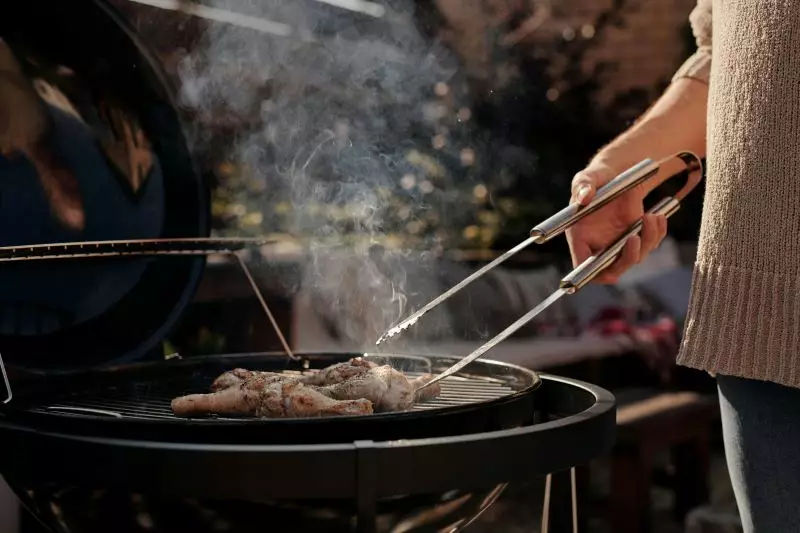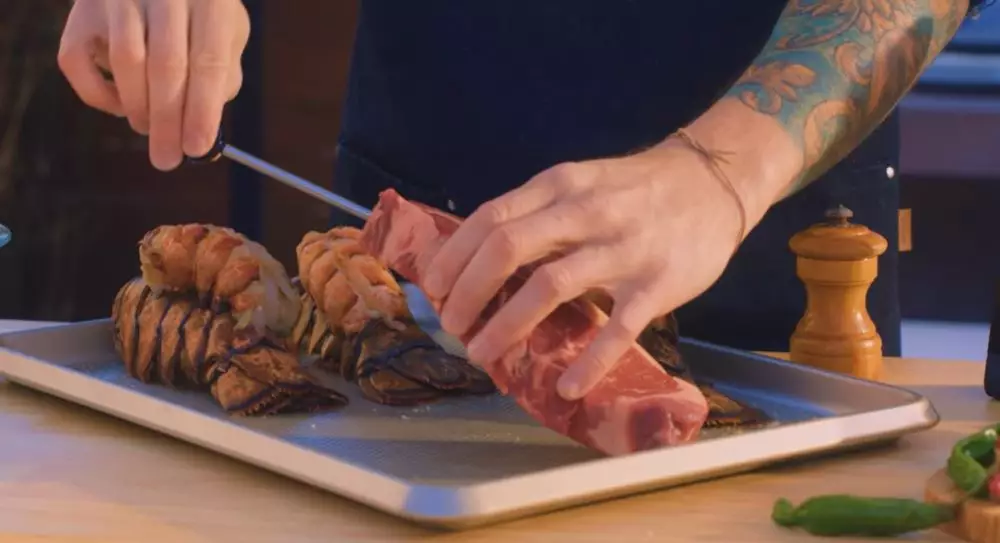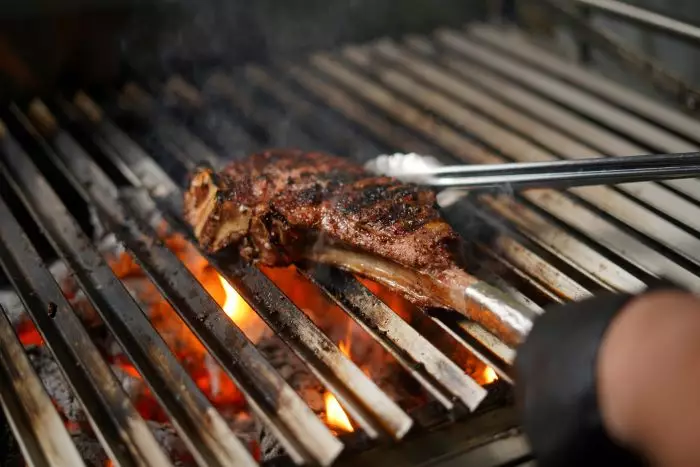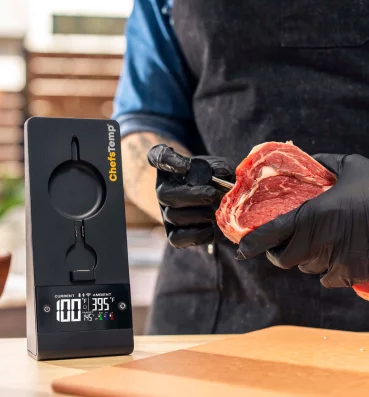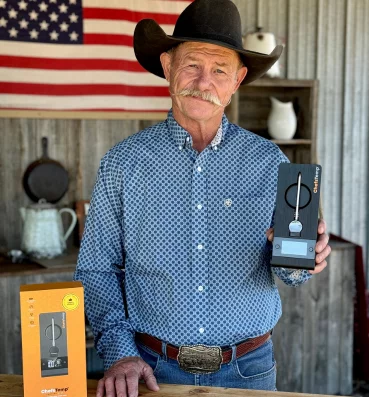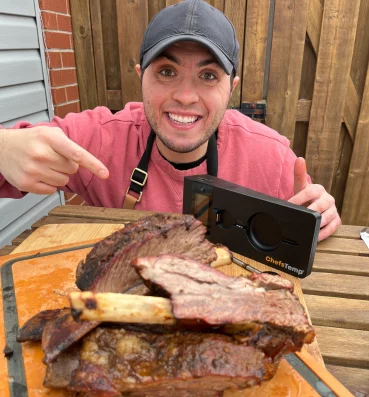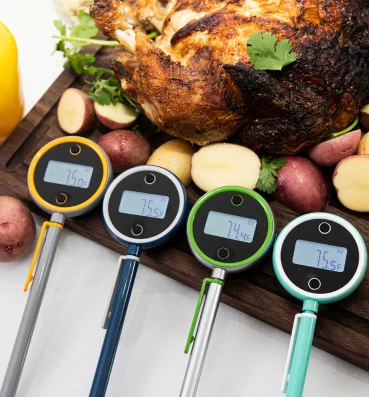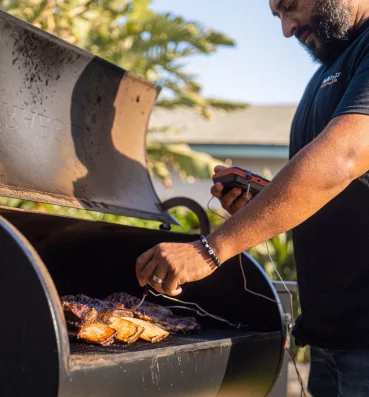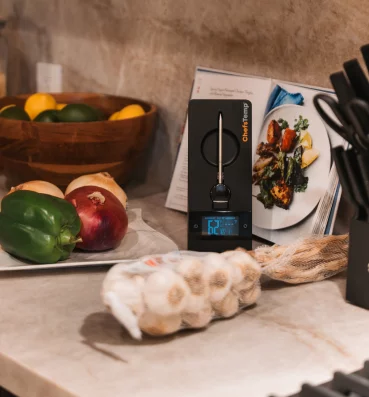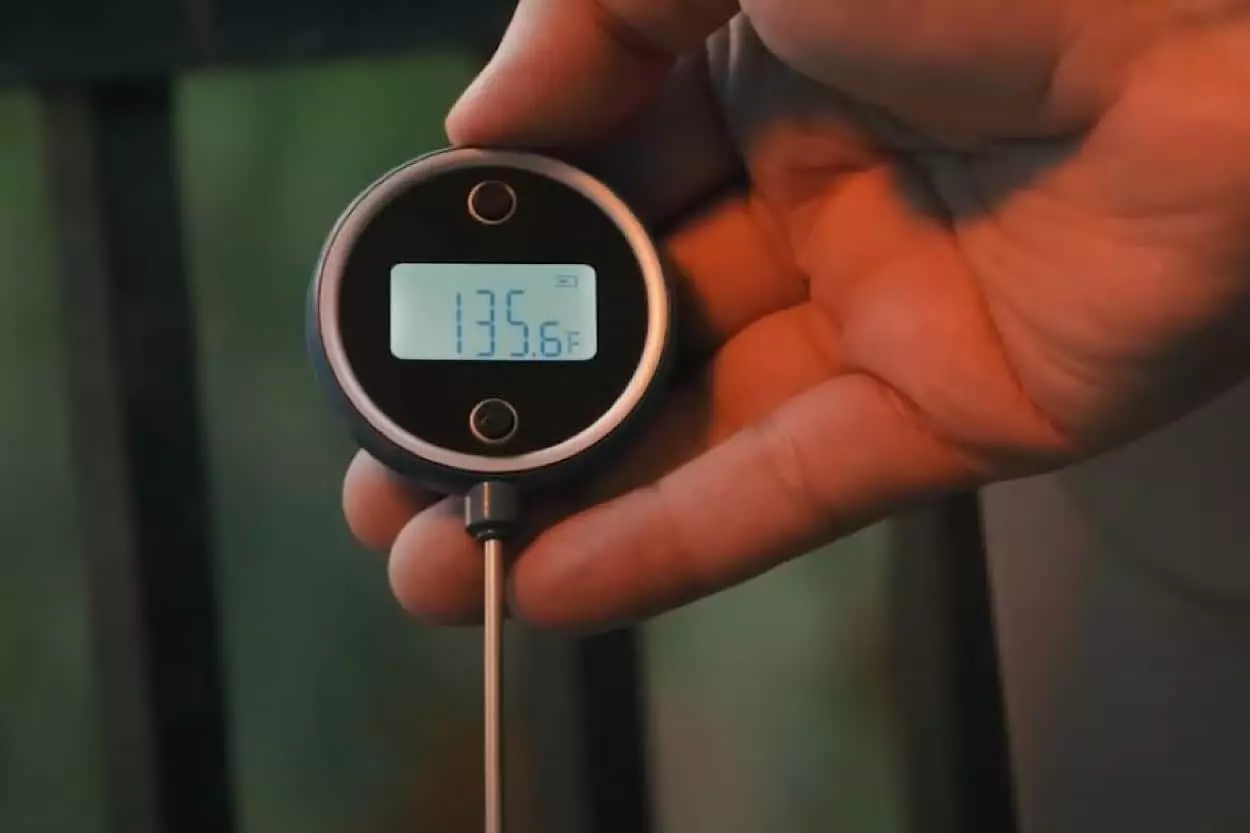
What is the Range of Accuracy for Food Temperature?
Any business that deals with handling, preparing, and cooking food must observe proper guidelines to ensure food safety. Food temperature control is a vital aspect of that process. It is crucial when dealing with potentially hazardous foods, or those that should be cooked to a specific temperature for them to be safely consumed by humans. Otherwise, they could cause foodborne illnesses due to the growth and spread of pathogenic organisms in food products, such as meat and poultry.
This guide talks about the range of accuracy for food temperature to help you in the cooking process to ensure food safety. Aside from taste and quality, safety should be the main priority during food preparation.
Table of Contents
Why Do You Need a Thermometer?
A food thermometer is an essential kitchen tool. Anyone responsible for handling, preparing, and cooking food must use a thermometer to accurately measure the temperature of food . Many regulated businesses rely on this device to ensure that the food is cooked (especially poultry meat like chicken) and that you can maintain that temperature throughout the handling process.
All food handlers and cooks are required to use a thermometer for every step of the process. Therefore, big and professional kitchens have several thermometers for each station to ensure food safety.
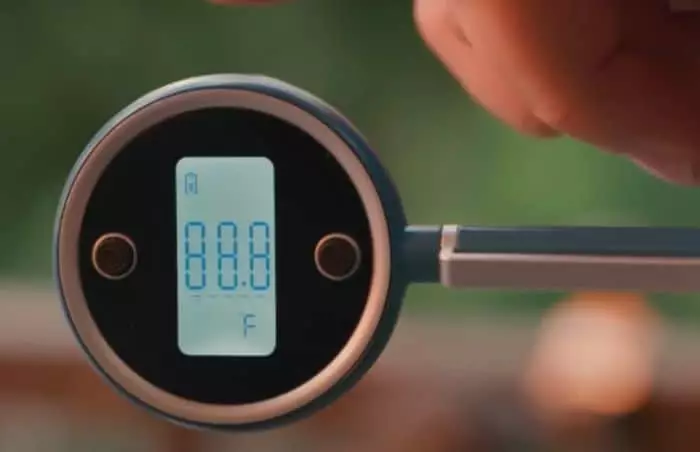
Is a Thermometer Necessary in the Kitchen?
Yes, a thermometer is a must-have tool in the kitchen, especially when working with potentially hazardous food. Even if you are a degree or two off the required internal temperature when cooking it, the quality of the food could be significantly impacted. It could also mean that the pathogens present in the meat could survive the cooking process, resulting in illnesses when consumed through the food.
For this reason, many regulatory agencies require food businesses and restaurants to use thermometers. These tools enable you to check and evaluate the food temperature correctly. Specifically, the goal is to prevent food from entering the ‘temperature danger zone.’ It refers to any food product stored between 40 F (4 C) to 140 F (60 C). When food enters this temperature danger zone, even for less than an hour, the presence of pathogens in that food could spread more.
In addition to storing food, there are specific temperature requirements when reheating food. The recommendation is for leftover food to be reheated to 165 F (73 C) so that you can heat the food all the way through, making it safe to consume.
What is the Range of Accuracy for Measuring Food Temperature?
The ideal accuracy range for measuring food temperature is ±1° for both Celsius and Fahrenheit readings. This accuracy range applies to all temperature-measuring devices, especially in measuring food temperature. For example, if the actual food temperature is 5 degrees C, the temperature reading on your thermometer will be four or six degrees C.
A degree of accuracy that is less or just above one degree is ideal because it promotes food safety. If the accuracy range is more than two degrees, it is too big a gap and could significantly affect your cooking results. When buying thermometers, always make it a habit to check the accuracy range of the food-measuring device. The right tool that delivers accuracy can significantly improve food safety and quality.
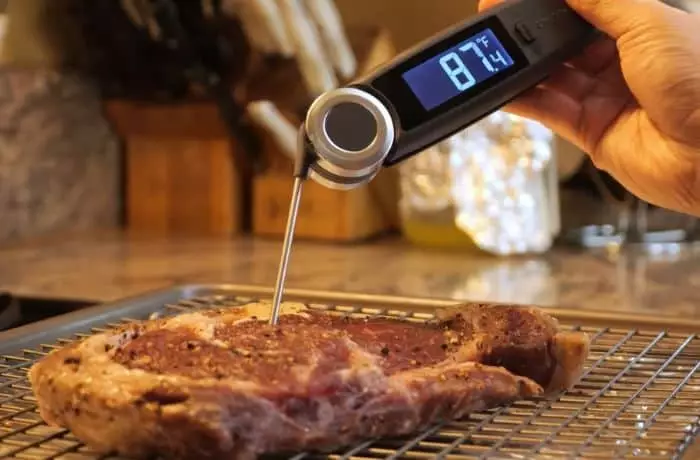
How to Ensure That You Have an Accurate Thermometer?
Is your food thermometer accurate? It’s dangerous to assume that your temperature reading is correct simply because you are using a thermometer. This tool is a lot like your car; you need to get regular maintenance and checkups to ensure that all components are working correctly. If any part is missing or is not in top condition, it won’t perform as efficiently.
You can perform various tests to determine the accuracy of your thermometer reading. However, you must perform regular tests on the accuracy of your device, especially if you’ve been using it for a while. Like most devices you own, they can experience wear and tear that could impact their ability to read the temperature of food.
Testing and calibration are two vital steps that guarantee the accuracy of the thermometer reading on food. You can use the freezing or boiling point method to calibrate your thermometer. Each calibration method allows you to evaluate the thermometer’s ability to read low and high temperatures accordingly.
It’s more than just the food that should undergo temperature control measures in the kitchen. Equipment used for storing and handling food should also meet the temperature control requirements. For example, cold storage units should maintain the ideal storage temperature. You could risk inviting pathogens into the meat and other food items if it’s not as cold as it should be. As a result, the food could spoil faster or the pathogens spread, making it dangerous to cook or serve.
You can take additional steps to improve the accuracy of your thermometer. You must invest in these added measures to maintain the accuracy of this kitchen tool.
Cleaning and Maintaining Your Food Thermometer
Each thermometer is subject to specific manufacturer instructions on how to clean and maintain it. Follow these guidelines closely to ensure you get accurate readings and keep your thermometer in proper working condition.
It is crucial to clean the thermometer after every use because it can lead to cross-contamination. The thermometer probe is inserted into the food and could serve as a carrier of specific pathogens. You should always clean them before inserting them into a different food.
Use warm water with mild soap to clean the probe. Next, use an alcohol swab to sanitize the probe. Make sure to rinse it thoroughly after and air dry it. You could also wipe it with a clean towel so you can use it right away.
If you’re using a digital thermometer, keep track of when it’s time to replace the batteries. Simple steps like this ensure that the thermometer is in proper working order. It will also help maintain the accuracy of this valuable kitchen tool.
Discover Other ChefsTemp Products
Discover more recipes and learn kitchen tricks by joining our cooking family on Facebook.
You may also like:
